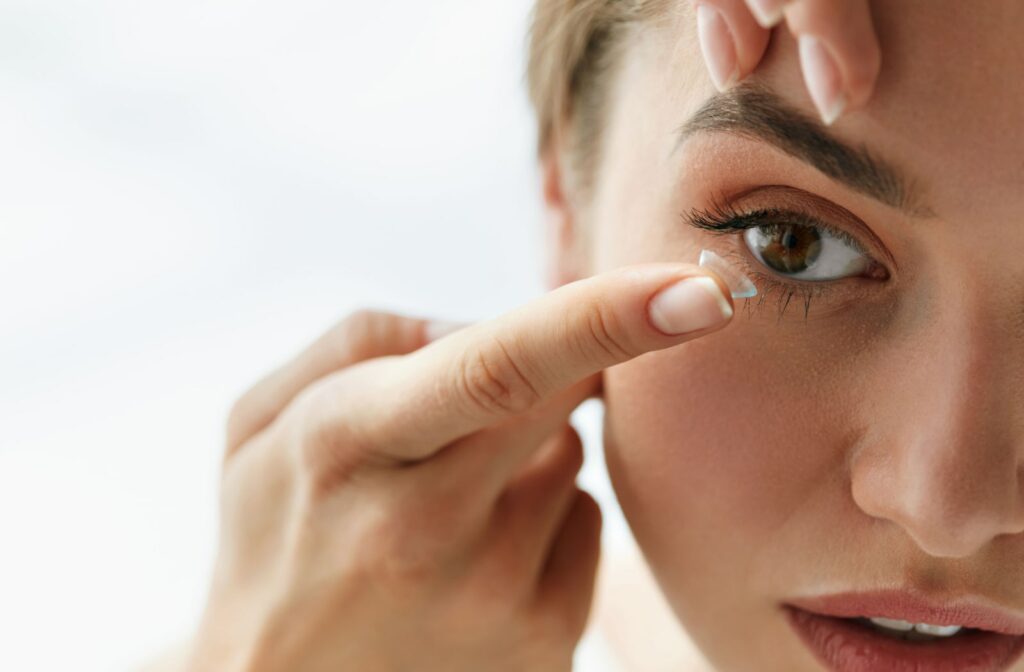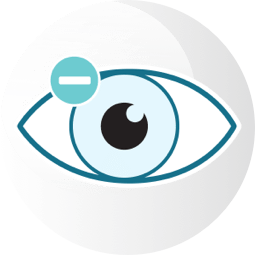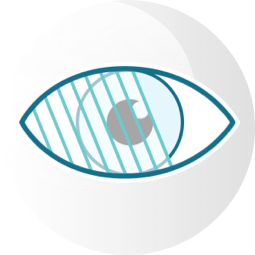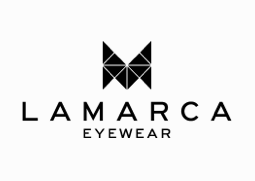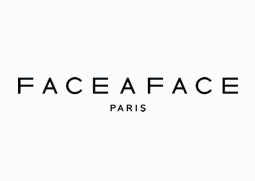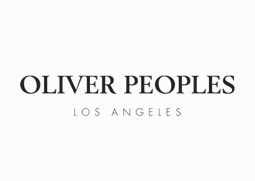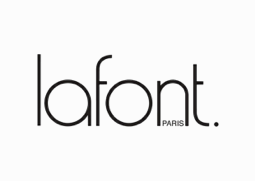Eyesight is one of the most essential senses that enable us to experience life. After age 40, many people can experience age-related changes that make it harder to focus on nearby objects.
With technological advancements, we can now tailor vision correction to address the needs of individuals with vision problems. Multifocal contact lenses are designed for individuals experiencing presbyopia, providing a seamless blend of near and distance vision correction, offering a practical alternative to traditional glasses.
What Is Presbyopia?
Presbyopia, a natural age-related condition, typically sets in around age 45, affecting the eye’s ability to focus on close objects. Presbyopia results when the eye’s lens, responsible for focusing light on the retina (the light-sensitive tissue at the back of the eye), becomes hard and less flexible. The change in the lens prevents it from correctly focusing light on the retina, leading to difficulty seeing things up close.
Symptoms of presbyopia can include:
- Holding reading materials farther away to focus on them
- Eye strain from tired or sore eyes
- Headache
Traditional solutions, such as bifocal or progressive eyeglasses, have long been the norm. However, many individuals seek a more discreet and convenient option, leading to the rise of multifocal contact lenses. These lenses cater to the evolving visual needs of individuals who require distance and near vision correction.
How Multifocal Contact Lenses Work
Multifocal contact lenses employ a sophisticated design to address multiple visual distances. Unlike their mono-focal counterparts, which correct either near or far vision, multifocal lenses integrate various prescriptions into a single lens.
Types of Multifocal Contact Lenses
Multifocal contact lenses have 2 different lens powers, one for near vision and one for distant vision. Multifocal contact lenses use different methods to combine different prescriptions into one lens.
Simultaneous Vision Design
Simultaneous vision is where different focal points of the lens work together to create a range of clear vision across varying distances, including far, near, and sometimes intermediate vision. The 2 types of this design include:
- Concentric multifocal contact lenses: These have several zones that contain different prescriptions, a primary viewing zone in the center, and concentric rings for near and far-off vision.
- Aspheric multifocal contact lenses: These don’t have discrete rings like the concentric multifocal lenses but change gradually in lens power from distance to near or near to distant from the center to the lens periphery.
Segmented Multifocal Design
Segmented multifocal designs have distance vision in the upper and central zones of the lens and near vision in the lower half of the lens.
A visible line separates the different zones. Segmented multifocal contact lenses are rigid gas-permeable contacts and have smaller diameters than soft contact lenses.
Multifocal Contact Lens Options
There are several options available for multifocal contact lenses, including:
- Soft multifocal contact lenses consist of flexible and comfortable material, enabling a customized fit. The lenses are available in daily wear or extended overnight wear.
- Rigid gas-permeable multifocal contact lenses, made of firm plastic, allow air to pass through to the front of the eyes. They offer vision clarity for users with higher prescriptions and unusual corneal shapes.
- Hybrid multifocal contact lenses are a combination of soft and gas-permeable materials. They provide the comfort of soft lenses with the clarity of rigid gas-permeable lenses.
Choosing Multifocal Contact Lenses
A contact lens exam and fitting performed by your eye doctor is essential to find the right contact lenses for fit and comfort. A contact lens exam can check your visual acuity to determine a prescription that will provide adequate vision. A contact lens fitting checks cornea health and other aspects to determine how well your eyes adjust to contact lenses.
Advantages of Multifocal Contact Lenses
One of the primary advantages of multifocal contact lenses is their convenience. Individuals with presbyopia no longer need to switch between multiple eyewear throughout the day. Whether reading a book, working on a computer, or enjoying outdoor activities, wearers can experience visual clarity.
For those who prefer a more natural appearance without the visual obstruction of eyeglasses, multifocal contact lenses present an aesthetically pleasing alternative. The lenses are discreet, allowing wearers to enjoy the benefits of corrected vision without altering their facial appearance.
Many people enjoy the comfort of soft multifocal contact lenses. While some individuals may initially experience an adjustment period when transitioning to rigid gas-permeable multifocal contact lenses, they provide sharper vision.
Convenience & Clarity with Contact Lenses
Multifocal contact lenses are ideal for individuals who face vision issues with different distances as they integrate multiple prescription strengths and offer wearers a convenient and aesthetically appealing solution.
If you’re interested in switching to contact lenses, book an appointment with McCauley Celin Eyecare Associates to determine if you are a suitable candidate for multifocal contact lenses.


